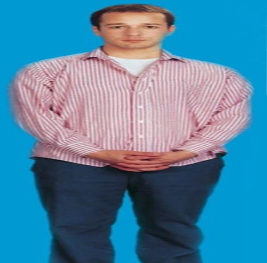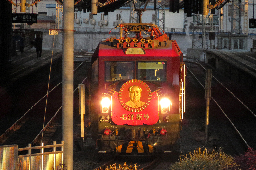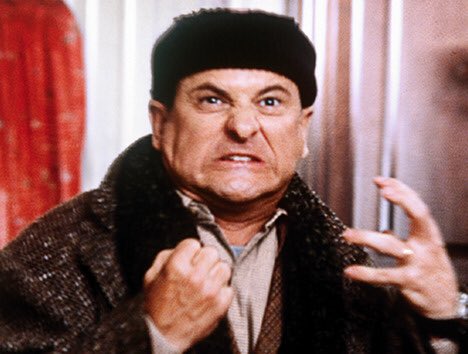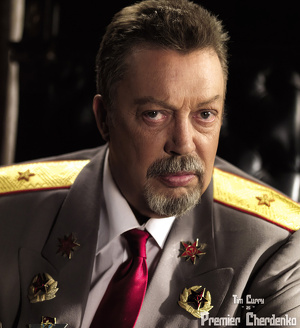We're going to have three 40+ degree days in a row here, my city could definitely stand to have spaces like this. Too much sun atm.
His house was certainly peculiar, and since this was the first thing that Fenchurch and Arthur had encountered it would help to know what it was like.
It was like this: It was inside out. Actually inside out, to the extent that they had had to park on the carpet.
All along what one would normally call the outer wall, which was decorated in a tasteful interior-designed pink, were bookshelves, also a couple of those odd three-legged tables with semicircular tops which stand in such a way as to suggest that someone just dropped the wall straight through them, and pictures which were clearly designed to soothe.
Where it got really odd was the roof.
It folded back on itself like something that M. C. Escher, had he been given to hard nights on the town, which it is no part of this narrative’s purpose to suggest was the case, though it is sometimes hard, looking at his pictures, particularly the one with all the awkward steps, not to wonder, might have dreamed up after having been on one, for the little chandeliers which should have been hanging inside were on the outside pointing up.
Confusing. The sign above the front door read “Come Outside,” and so, nervously, they had.
Inside, of course, was where the Outside was. Rough brickwork, nicely done pointing, gutters in good repair, a garden path, a couple of small trees, some rooms leading off.
And the inner walls stretched down, folded curiously, and opened at the end as if, by an optical illusion which would have had M. C. Escher frowning and wondering how it was done, to enclose the Pacific Ocean itself.”




